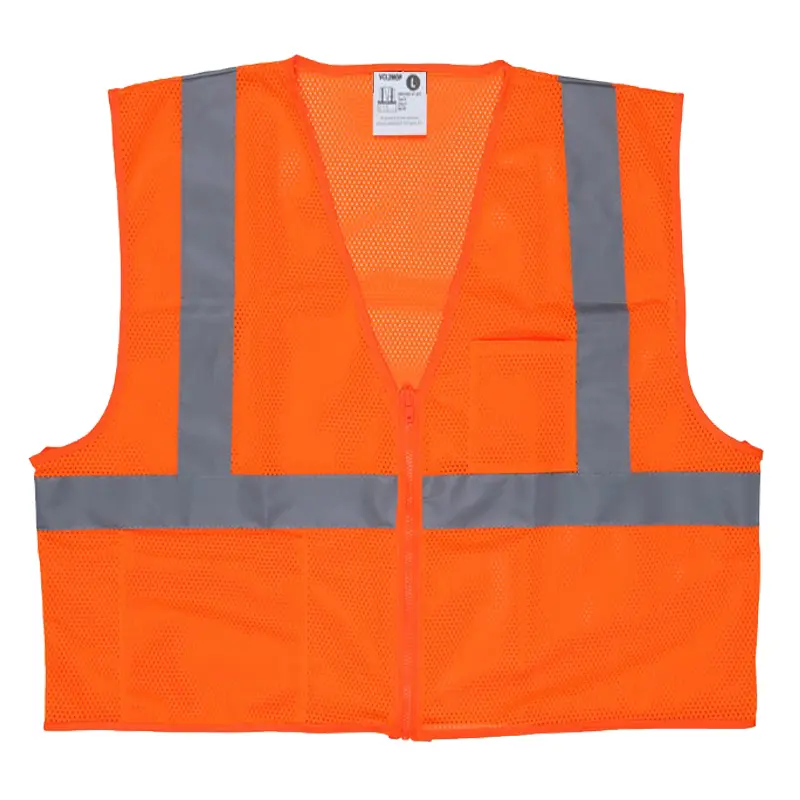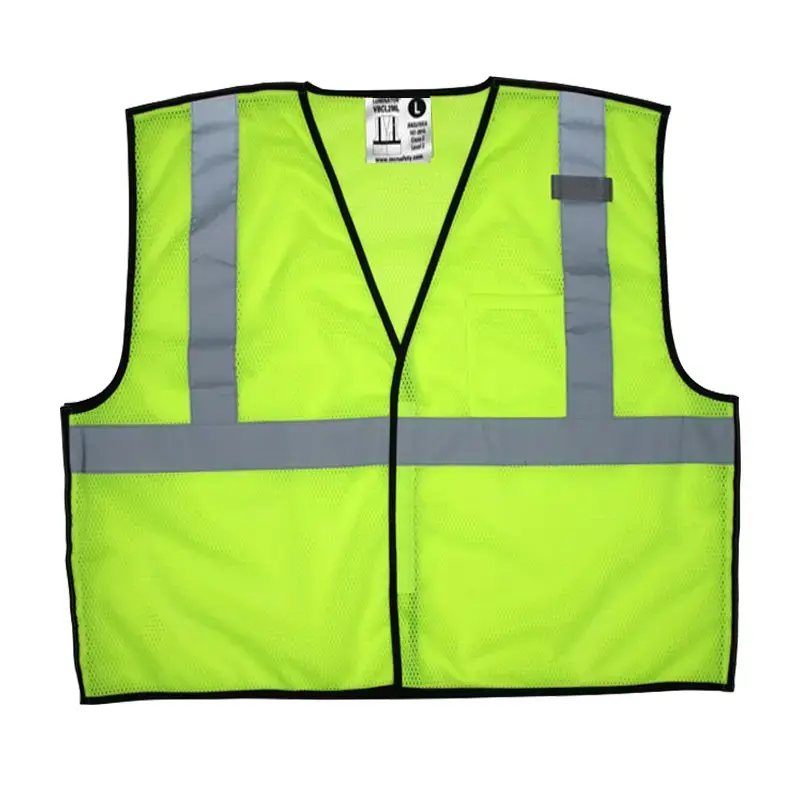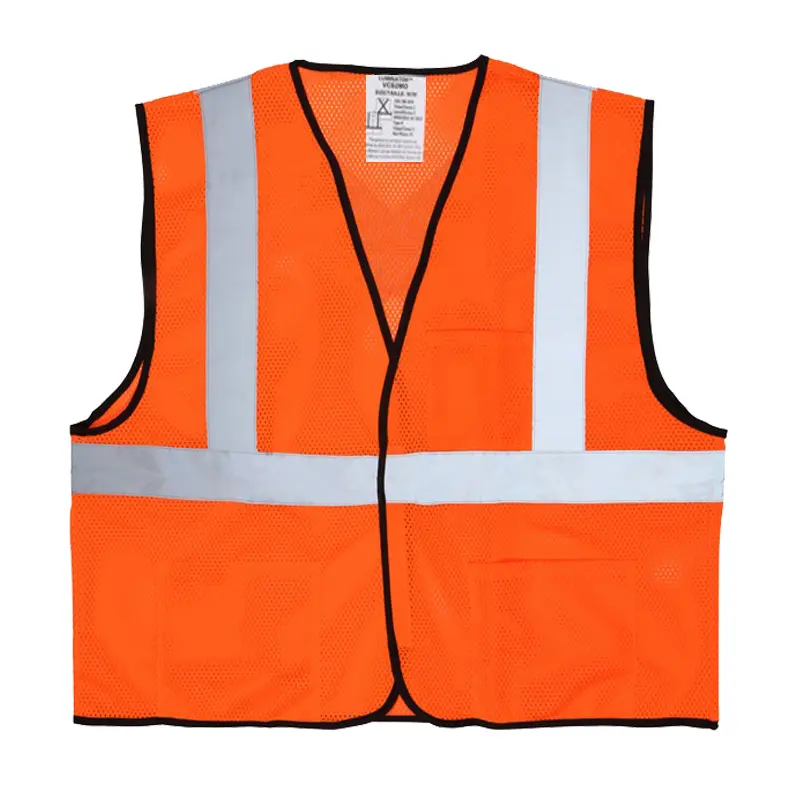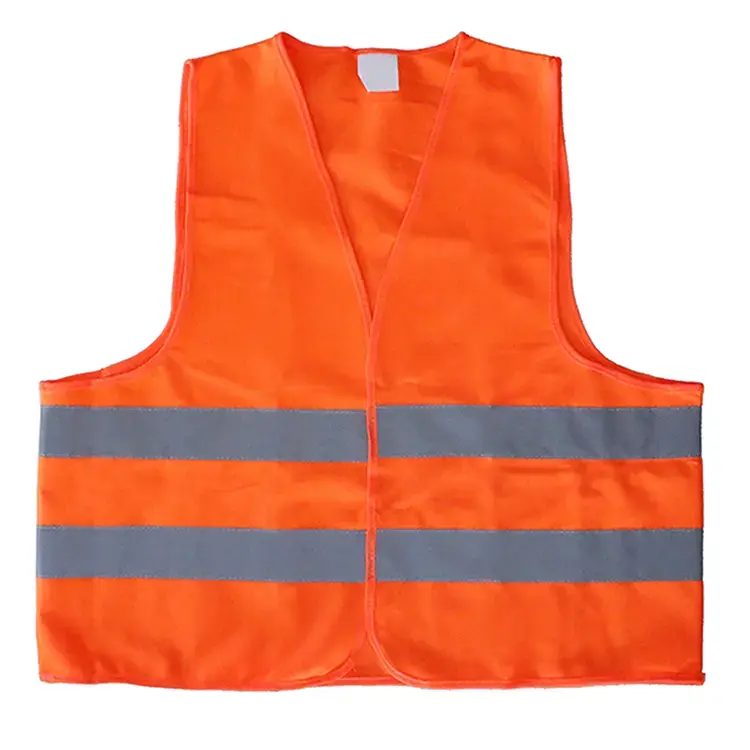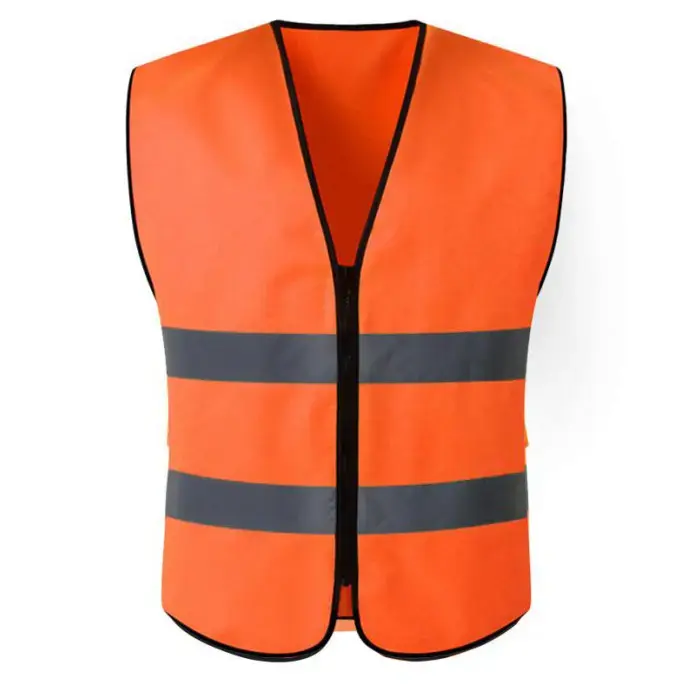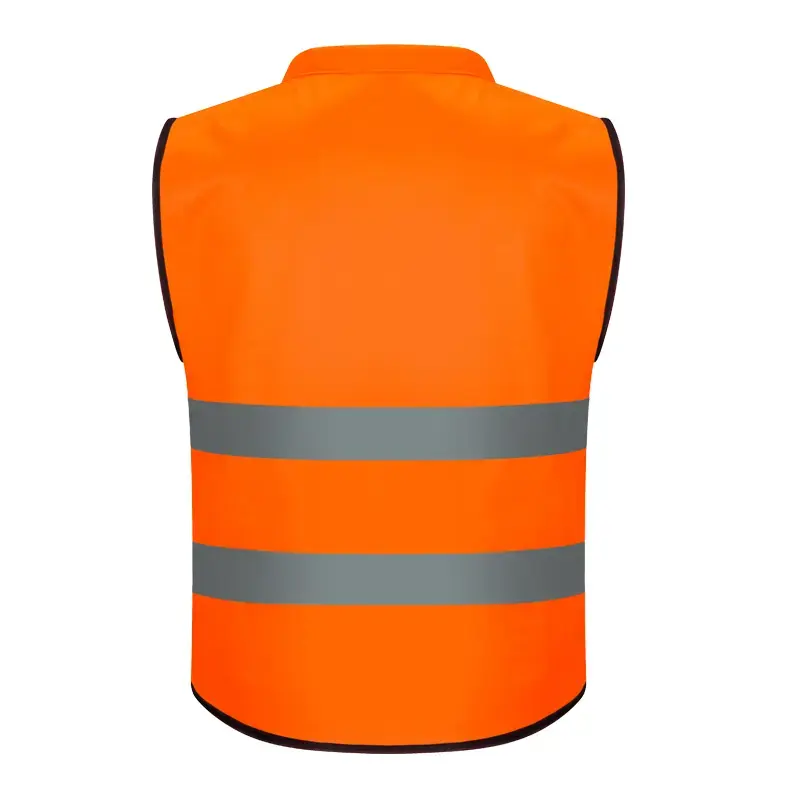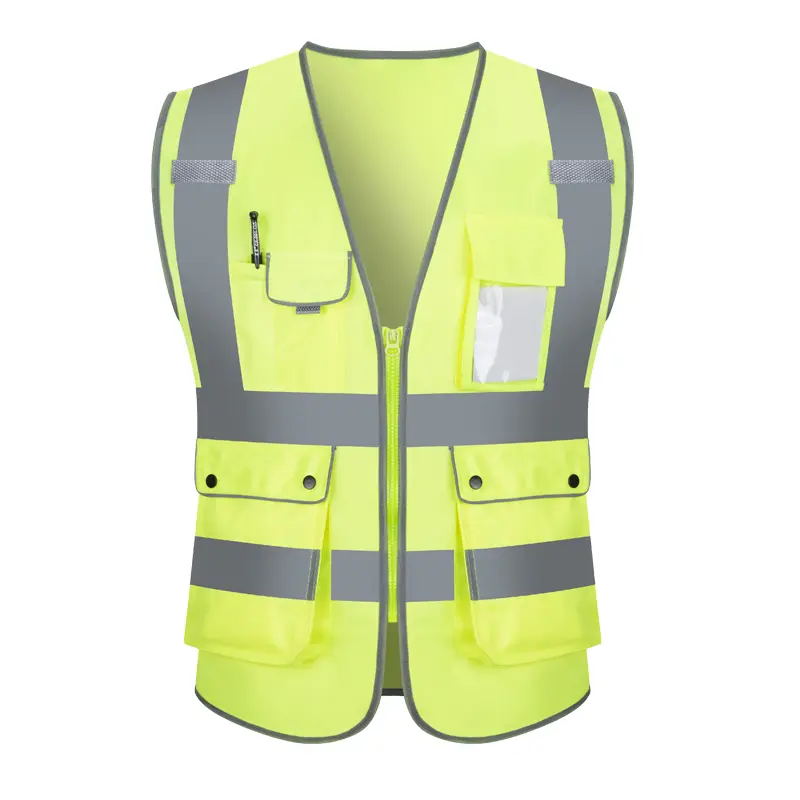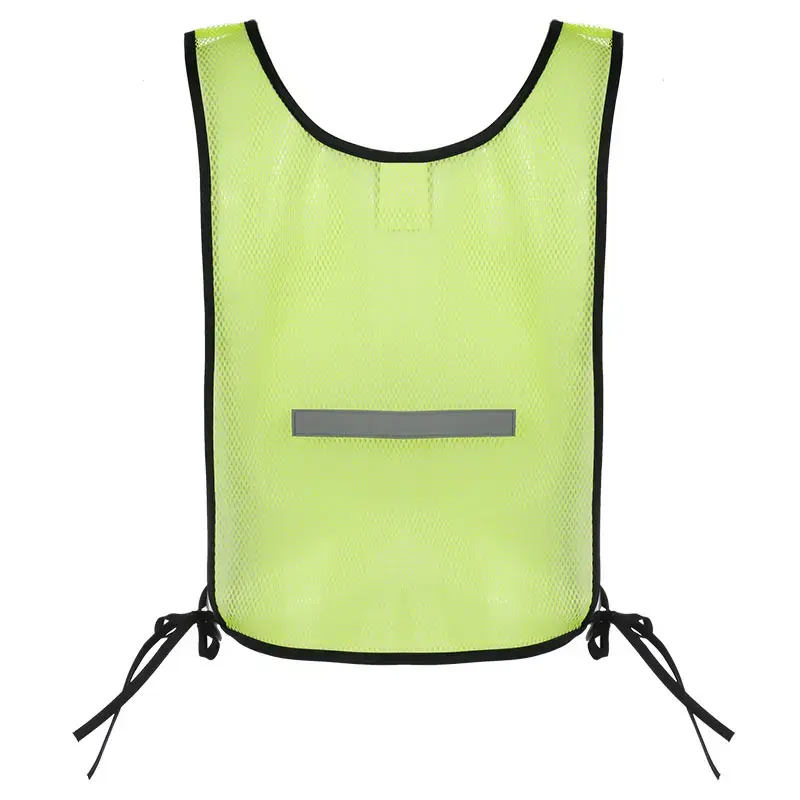How to choose a reflective vest that meets international standards
How to choose a Reflective Vest that meets international standards: a comprehensive guide
In today's globalized market, reflective vests are important safety protection products and are widely used in transportation, construction, sanitation, logistics and other fields. For international wholesale buyers, it is crucial to choose reflective vests that meet international standards. This is not only related to the safety of the wearer, but also affects the market access and sales of the product. This article will explore in depth how to choose reflective vests that meet international standards to help you make wise decisions when purchasing.
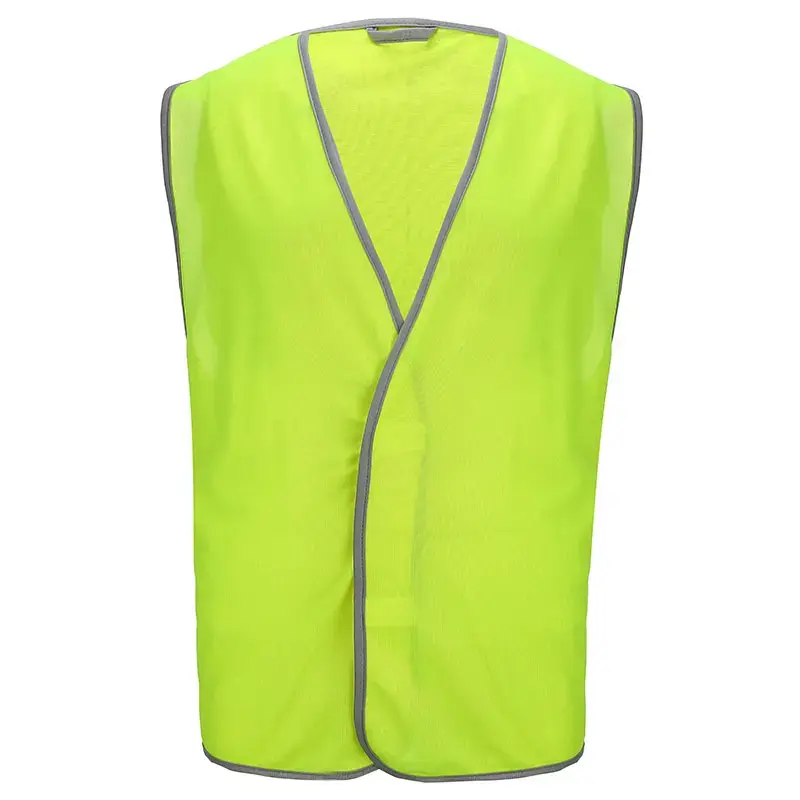
1. Introduction to the international mainstream reflective vest standards
EN ISO 20471 standard: This is a high-visibility clothing standard widely used in Europe. It has replaced the old EN 471 standard since 2013. The standard has strict requirements on the design, material properties, and test methods of reflective vests to ensure the visibility and safety of the wearer in high-risk environments. For example, it stipulates that reflective clothing must be yellow or orange, or a combination of these two colors. Different levels of reflective clothing have different reflectivity requirements, and there are clear standards for the area, position, and durability of the reflective strips.
ANSI/ISEA 107 standard: A voluntary standard developed by the American National Standards Institute. The requirements for the retroreflective coefficient of reflective strips and the measurement requirements under conditions such as washing are basically the same as EN471. This standard divides reflective vests into different levels, suitable for different working environments and risk levels, providing buyers with a flexible basis for selection.
SASO 2927 standard: Saudi Arabia's mandatory technical regulations, based on the European standard EN 471, combined with Saudi Arabia's localization needs, put forward clear requirements for the performance of reflective materials, the design and testing methods of vests, aiming to ensure that practitioners working in low-light or complex environments can significantly improve their visibility and reduce the risk of accidents.
2. Material selection of reflective vests
Reflective materials: Common ones are glass bead type and micro prism type. Glass bead type has a lower cost, but the reflective effect is relatively weak; micro prism type has a higher reflective intensity and a longer service life. High-quality reflective materials can effectively reflect light at different angles and lighting conditions, making the wearer's outline clearly visible.
Base material: Polyester fiber, knitted fabric, mesh material, etc. are usually used. Polyester fiber reflective vests are soft and comfortable, suitable for warm weather, but not waterproof enough; knitted fabric reflective vests are breathable and stretchable, and feel soft to wear, but their reflective performance may be slightly inferior; mesh material reflective vests have good breathability and are suitable for outdoor activities, but their reflective performance may not be as good as professional reflective materials.
3. Design requirements for reflective vests
Color matching: It should meet the color requirements specified in international standards. For example, EN ISO 20471 requires that reflective clothing must be yellow or orange, or a combination of these two colors. Such color matching has high visibility under various lighting conditions, which can make the wearer stand out from the crowd and be easily identified.
Reflective strip design: The area, width, position, etc. of the reflective strip need to meet the standard requirements. For example, EN ISO 20471 stipulates that the minimum Class 1 requirement is that the reflective strip area is not less than 0.1 square meters, and there is at least one reflective strip that surrounds the body 360 degrees, and the disconnected part of the reflective strip shall not exceed 50mm. Reasonable design can ensure that the reflective vest can produce good reflective effects at different angles and improve the wearer's all-round visibility.
Style and functionality: Choose the appropriate style according to different usage scenarios and needs. For example, construction sites need durable reflective vests, traffic police need high-visibility reflective vests, and sanitation workers need lightweight and comfortable reflective vests. In addition, some additional functions can also be considered, such as special functions such as waterproof, fireproof, and anti-static, as well as whether a customized logo or special size is required.
4. Quality certification and testing
Check the certification mark: When purchasing, be sure to check whether the reflective vest has the corresponding international certification mark, such as the CE certification mark (indicating compliance with the EU EN ISO 20471 standard), the ANSI certification mark, etc. These certification marks are strong proof that the products meet relevant international standards, and are also the basic guarantee for you to purchase qualified products.
Understand the certification process: Understand the rigorous testing process that reflective vests need to go through to obtain certification, including material testing, reflective performance testing, durability testing, etc. For example, the durability test in the EN ISO 20471 standard includes washing, dry cleaning, wear, high and low temperature, rain and other tests to ensure the performance of clothing under various conditions.
5. Evaluate the strength of suppliers
Production facilities and processes: Inspect the supplier's production workshop to understand whether its production equipment is advanced and whether the production process is standardized. Advanced production equipment and complete production lines can ensure product quality and production efficiency, and ensure the timely delivery of high-quality reflective vests.
Quality control system: Check whether the supplier has a complete quality control system, such as ISO9001 quality management system certification. Suppliers with a good quality control system can strictly control product quality from raw material procurement, production and processing to finished product inspection, and ensure that each batch of reflective vests meets international standards.

6. Consider the cost-effectiveness of the product
Price factors: The price of reflective vests varies due to factors such as their materials, functions, and certifications. When choosing, do not just focus on the price, but consider the quality and performance of the product comprehensively. Generally speaking, high-quality reflective vests that meet international standards may be relatively expensive in price, but are more secure in terms of safety and reliability.
Cost-benefit analysis: Conduct a cost-benefit analysis to evaluate the value and benefits of reflective vests in actual use. Although the initial purchase cost of high-quality reflective vests may be high, they have a long service life and stable performance, which can effectively reduce the risk of accidents and have a higher cost-effectiveness in the long run.
7. Pay attention to product after-sales and service
After-sales service: Understand the after-sales service content provided by the supplier, such as return and exchange policy, quality assurance period, etc. During use, if you encounter product quality problems or other after-sales problems, you can get timely solutions and processing from the supplier to avoid unnecessary losses to your business.
Customer support: High-quality suppliers usually provide good customer support, including product consultation, technical support, etc. Before purchasing, you can communicate with the supplier's customer service staff to understand their familiarity with the product and their problem-solving ability, so as to better judge their service quality and professional level.
8. Market research and feedback
Focus on industry dynamics: Pay attention to the latest developments and trends in the reflective vest industry, and understand the reputation and reputation of different brands and products in the international market. By participating in industry exhibitions, seminars and other activities, communicate with peers, obtain more market information and procurement experience, so as to adjust your procurement strategy in time.
Collect customer feedback: Collect and analyze existing customers' feedback and evaluation on the use of reflective vests, and understand the problems and needs they encounter in actual use. This will help you better choose reflective vests that meet customer needs and improve customer satisfaction and loyalty.
In short, choosing reflective vests that meet international standards requires buyers to comprehensively consider multiple factors, from understanding international standards, material selection, design requirements, to quality certification, supplier evaluation, cost-effectiveness analysis, and after-sales service. Comprehensive evaluation.

